- Monday to Sunday 08:00 - 20:00
- +353 (0)1 267 8011
- info@healthcareabroad.ie
Shoulder Procedures
Shoulder Procedures including Arthroscopy Method, Clavicle ORIF, Open Repair Method & Open Subacromial Bursectomy etc.
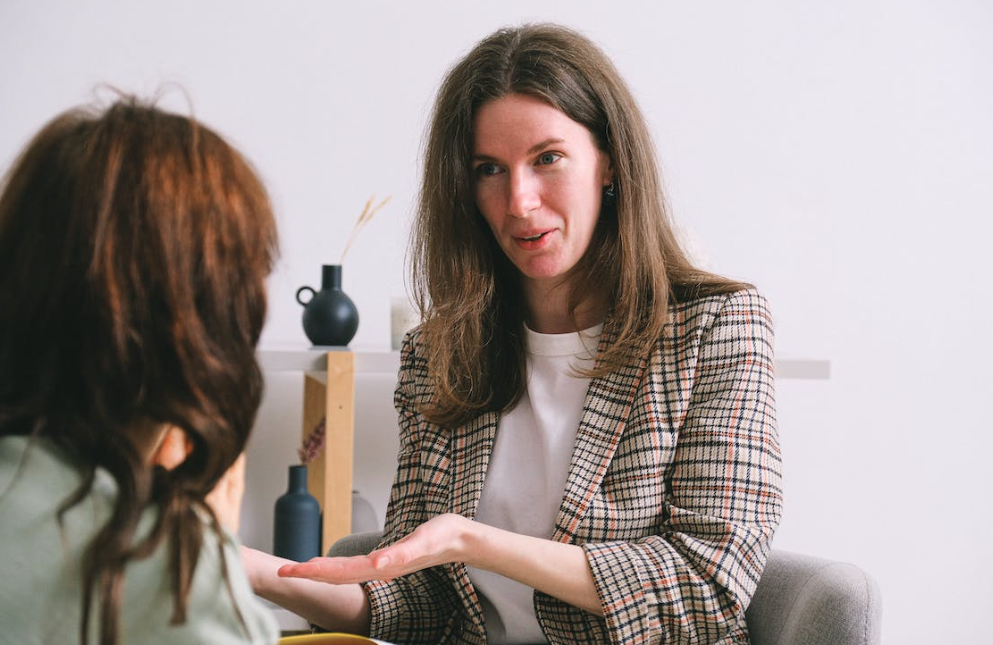
Preparing for Your Shoulder Surgery Journey
Embarking on the path to shoulder surgery through Healthcare Abroad involves a seamless process designed to prioritise your well-being and comfort. Here’s a step-by-step guide to help you navigate the stages before your travel:
- Identification of Treatment Need: Your journey begins with your General Practitioner (GP) or consultant identifying the need for shoulder surgery, ensuring a comprehensive understanding of your medical requirements.
- Contacting Healthcare Abroad: Upon recognizing the need for treatment, you or your GP initiates contact with Healthcare Abroad. This crucial step marks the commencement of the process to facilitate your shoulder surgery in an EU country under the Cross Border Directive.
- Referral and Diagnostic Coordination: The Healthcare Abroad team collaborates with your GP to organize a referral letter and any necessary diagnostic tests. Timely coordination ensures the efficient provision of results to the chosen hospital abroad.
- Hospital and Surgeon Matching: Drawing from an extensive network of hospitals and skilled surgeons, the Healthcare Abroad team meticulously matches a hospital and surgeon that aligns with your specific requirements.
- Financial Assistance: Should you require financial support, Healthcare Abroad assists in organizing your finances through Irish credit unions, ensuring a seamless and stress-free process.
- Surgery Planning and Documentation: The team liaises with the chosen hospital, arranging surgery dates and submitting your files for review. This collaborative effort streamlines the pre-operative preparations.
- Healthcare Plan Confirmation: Once your comprehensive healthcare plan is agreed upon, Healthcare Abroad confirms your travel dates and healthcare schedule with the hospital team, providing you with clarity and confidence.
- Pre-Travel Preparation: With all arrangements in place, you are now ready to embark on your journey. Upon arrival at the hospital, an out-patient appointment with your consultant is scheduled for the day before the treatment, ensuring any pre-operative concerns are addressed.
- Post-Treatment Discharge: Upon discharge, Healthcare Abroad finalizes all necessary paperwork on your behalf and submits it to the Health Service Executive (HSE). This meticulous process ensures a timely refund and minimizes post-surgery administrative burdens.
- Communication with Local Medical Records: maintain continuity of care, your GP receives a comprehensive report from the hospital regarding the treatment received. This report serves to update your local medical records, ensuring a seamless transition back into your local healthcare system.
With these carefully orchestrated steps, Healthcare Abroad is committed to providing you with a supportive and stress-free experience as you prepare for your shoulder surgery abroad.
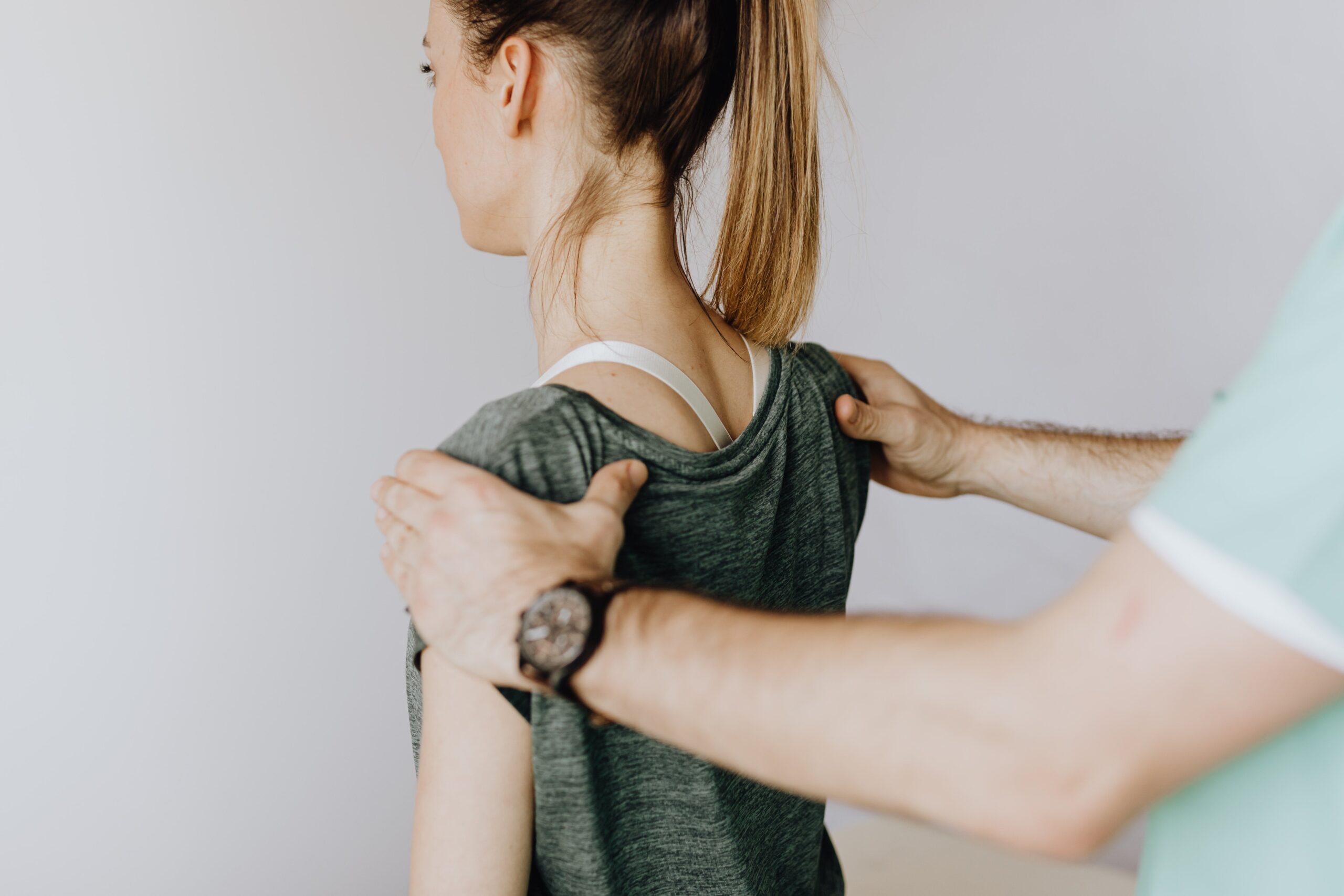
About the shoulder
There are three different surgeries you may need on your shoulder. The first and most common is a rotator cuff tear rotator, the second is a subacromial decompression and finally a shoulder replacement as a result of Osteoarthritis and rheumatoid arthritis.
Shoulder Surgery
Your shoulder is the most flexible joint in your bodywhich allows you to move your arm is every direction in space. Unfortunately, this flexibility can make your shoulder susceptible to instability and injury.
When a problem is noticed early diagnosis and treatment can make a huge difference in the long run. It is important to contact your GP as soon as possible to arrange a scan depending on your needs more information can be found below. Healthcare Abroad can help you start the process.
The shoulder is a ball-and-socket joint. It is made up of three bones: the upper arm bone also known as the humerus, the shoulder blade or scapula as it is medically known and your collarbone or clavicle. The ball at the top end of the arm bone fits into the small socket of the shoulder blade to form the shoulder joint.
The socket is surrounded by a soft-tissue rim. A smooth, durable surface made of articular cartilage on the head of the arm bone, and a thin inner lining of the joint allows the smooth motion of the shoulder joint.
The upper part of the shoulder blade projects over the shoulder joint. One end of the collarbone is joined with the shoulder blade by the acromioclavicular (AC) joint. The other end of the collarbone is joined with the breastbone (sternum) by the sternoclavicular joint.
The joint capsule is a thin sheet of fibers that surrounds the shoulder joint. The capsule allows a wide range of motion, yet provides stability. The rotator cuff is a group of muscles and tendons that attach your upper arm to your shoulder blade. The rotator cuff covers the shoulder joint and joint capsule.
The muscles attached to the rotator cuff enable you to lift your arm, reach overhead, and take part in activities such as throwing or swimming.
A sac-like membrane (bursa) between the rotator cuff and the shoulder blade cushions and helps lubricate the motion between these two structures.
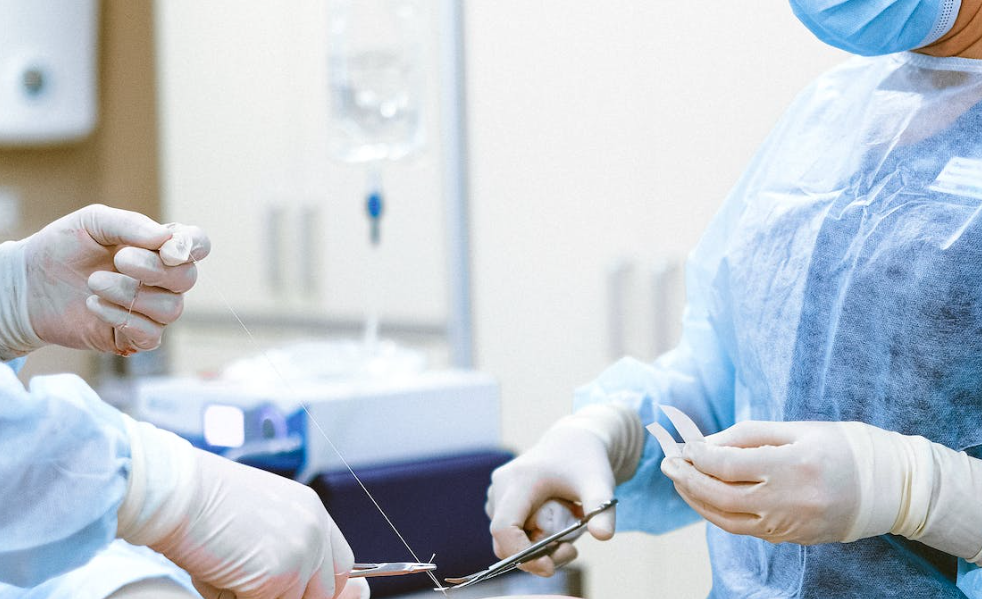
Arthroscopy
Arthroscopy allows the surgeon to insert a pencil-thin device with a small lens and lighting system into tiny incisions to look inside the joint. The images inside the joint are relayed to a tv monitor, allowing the doctor to make a diagnosis. Other surgical instruments can be inserted to make repairs, based on what is with the arthroscope.
Arthroscopy often can be done on an outpatient basis. According to the american orthopaedic society for sports medicine, more than 1.4 Million shoulder arthroscopies are performed worldwide each year.
Open Surgery
Open surgery may be necessary and, in some cases, may be associated with better results than arthroscopy. Open surgery often can be done through small incisions of just a few inches.
Recovery and rehabilitation is related to the type of surgery performed inside the shoulder, rather than whether there was an arthroscopic or open surgical procedure.

Rotator Cuff Tears Explained
The rotator cuff consists of four muscles and their tendons, which surround the ball (humeral head) of the shoulder joint. The muscles fine-tune the movements of the shoulder and help keep the ball of the shoulder joint in its socket. The tendon of the rotator cuff passes through a narrow space between the top of the arm bone and a prominent bone on the shoulder blade (the acromion). The tendon is very vulnerable to being pinched here when the arm is moved especially above the head. Over time this pinching can lead to tears of the tendon. In other patients, a rotator cuff tear can result from an injury such as a fall.
When repeated tearing occurs, the fabric of the tendon becomes weakened and finally, like the cloth at the knees of old trousers, splits. This leads to pain, which can be severe. A weakness of the shoulder can occur and often clicking and crunching on movement. Other forms of treatment such as injection and physiotherapy are available but sometimes it is necessary to repair the tendon. How well this does will depend upon the size of the tear and the quality of the tendon tissue.
Rotator cuff Surgery
This is carried out under a general anaesthetic. The tendon is repaired by stitching it to the bone through keyhole surgery through a number of 5mm wounds. During the procedure, the shoulder joint is filled with fluid which is gradually resorbed by the body over the following 2-3 days and this normal swelling resolves. The arm is then placed in a sling. Depending on the size of the tear the shoulder is immobilised for either three or six weeks. It is important to realise that it takes 6-12 months to derive full benefit from the surgery and that progress is gradual.
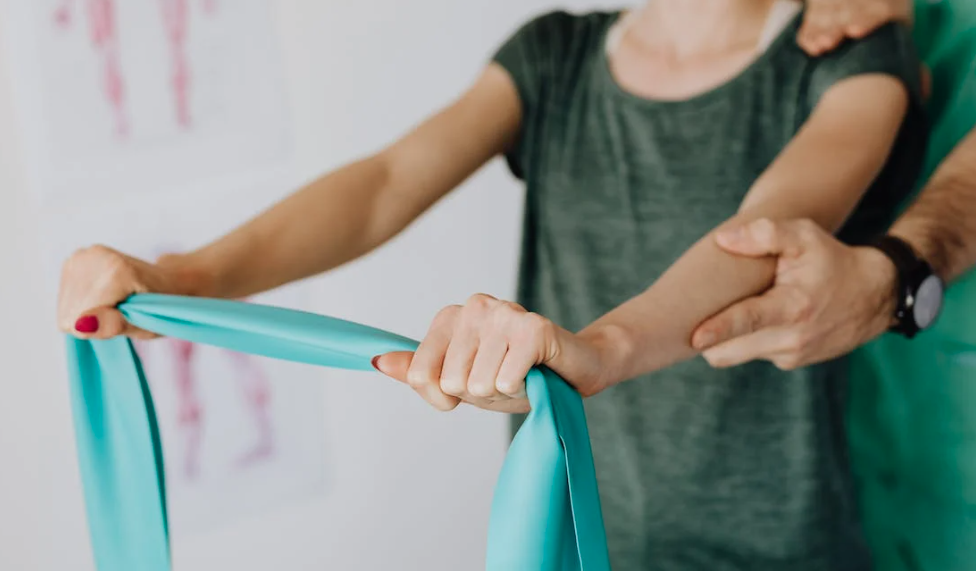
Immediate Post-Operative Period
After surgery, this shoulder may well be sore and you will be given painkillers to help this whilst in hospital. These can be continued after you are discharged home. Ice packs may also help reduce pain. Wrap crushed ice or frozen peas in a damp, cold cloth and place on the shoulder for up to 15 minutes. A sling which incorporates reusable ice packs is available from the physiotherapy department at the UPMC Sports Surgery Clinic.
Wearing a Sling
You will return from the operating theatre wearing a sling. Your surgeon will advise you on how long you are to continue wearing the sling. This is usually for between 2-4 weeks depending upon the size of the tear.
You will be expected to remove the sling for exercises only. Your physiotherapist will advise you of these.
Driving following Rotator Cuff Surgery
Your consultant will confirm when you may begin driving following Rotator Cuff Repair, generally after 4 weeks.
You may be able to drive earlier if you drive an automatic car.
Returning to Work Following Rotator Cuff Surgery
This will depend upon the size of your tear and your occupation. Your consultant will advise you on this.

Subacromial Decompression
The subacromial area lies between the top of the rotator cuff tendons at the top of the arm bone (humerus) and a bony prominence on the shoulder blade (acromion). Subacromial impingement develops if either the rotator cuff is injured or a bone spur is present under the acromion.
The rotator cuff and acromion will then rub against one another, causing a painful condition known as impingement. Each time the arm is raised there is a bit of rubbing on the tendons and the acromion, which may cause pain and inflammation.
Impingement may become a serious problem for some people and disturb their normal activities.
This is when treatment is needed. Most patients will have tried physiotherapy, anti-inflammatory medication and steroid injections prior to surgical intervention.
The keyhole surgery aims to increase the size of the subacromial area and reduce the pressure on the rotator cuff tendon. It involves a thorough arthroscopic examination of the complete joint followed by shaving away part of the acromion bone using special arthroscopic instruments to increase the space.
Some patients also have symptoms related to the small joint between the clavicle (collar bone) and the acromion (AC Joint) and this is also removed at the same time (AC joint excision arthroplasty).

Post Operative Period
- The operative area is filled with a long-acting local anaesthetic. After this, the shoulder may well be sore and you will be given painkillers to help this whilst in hospital.
- These can be continued after you are discharged home. Ice packs may also help reduce pain. Wrap frozen peas or crushed ice in a damp, cold cloth and place on the shoulder for up to 15 minutes.
- The surgery is performed by filling the shoulder with fluid and using special arthroscopic (keyhole) instruments. The fluid gradually is absorbed by the body and the normal post-operative swelling resolves over 2-3 days.
- Pain medication will be prescribed and should be taken for as long as pain persists.
- Your consultant will advise you on when you may return to driving and work.
You may begin driving when you feel comfortable commonly at around one week following surgery. - Returning to work will depend on your occupation. If you are in a sedentary job you may return as soon as you feel able usually after one week.
- If your job involves heavy lifting or using your arm above shoulder height you may require a longer period of absence typically 6 -8 weeks.
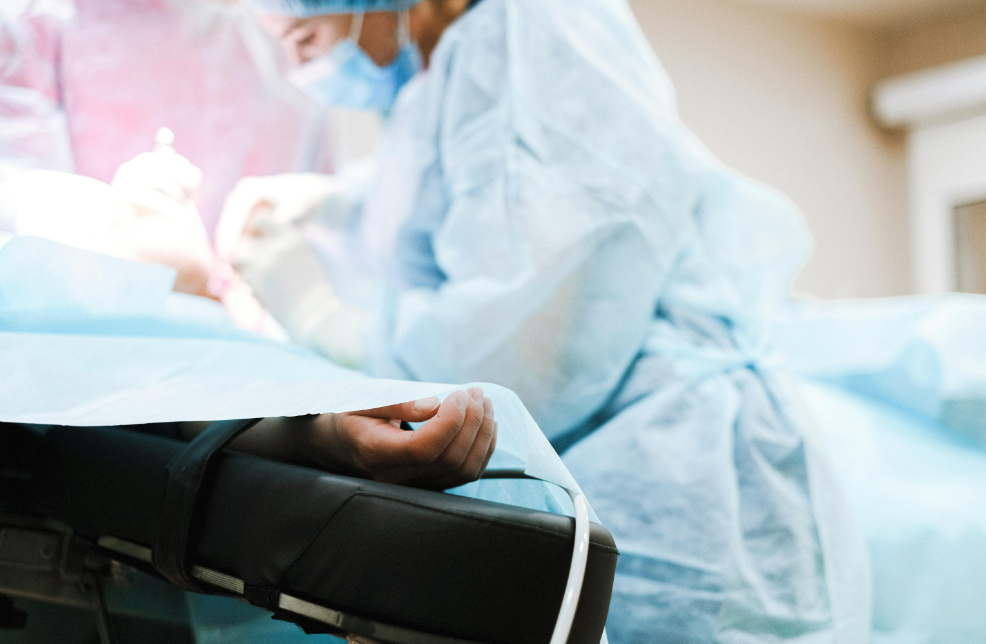
Arthritis of the Shoulder
Osteoarthritis and rheumatoid arthritis can destroy the shoulder joint and surrounding tissue. They can also cause degeneration and tearing of the capsule or the rotator cuff. Osteoarthritis occurs when the articular surface of the joint wears thin.
Rheumatoid arthritis is associated with chronic inflammation of the synovium lining which can produce chemicals that eventually destroy the inner lining of the joint, including the articular surface.
Shoulder Replacement is recommended for patients with painful shoulders, limited motion and failure to respond to conservative treatment. The treatment options are either replacement of the ball of the joint and/or replacement of both the ball and the socket. This is something that needs discussing and is tailored to each individual patient.
Post-Surgery Care: Nurturing Your Recovery at Home
Your journey with Healthcare Abroad extends beyond the surgery itself, emphasizing comprehensive post-operative care to ensure a smooth and successful recovery once you return home to Ireland. Here are essential guidelines to support your well-being during this crucial phase:
- Follow-Up Appointments with Your Local Healthcare Provider:Upon your return, it is imperative to schedule follow-up appointments with your local General Practitioner (GP) or consultant. Share the details of your surgery and provide any documentation received from the overseas hospital to keep your local medical records up-to-date.
- Physiotherapy and Rehabilitation:Engage in the recommended physiotherapy exercises outlined by the healthcare professionals abroad. These exercises are crucial for enhancing the strength and flexibility of your shoulder, promoting optimal recovery. If necessary, arrange for ongoing physiotherapy sessions locally to support your rehabilitation.
- Pain Management and Medication:Adhere to any prescribed pain management plans and medications provided by your overseas healthcare team. Communicate with your local healthcare provider if adjustments or refills are required, ensuring continuous comfort during your recovery.
- Wound Care and Dressing Changes:If your surgical site requires ongoing care, follow the instructions provided by the overseas hospital for wound care and dressing changes. Keep in touch with your local healthcare provider for any necessary adjustments or additional support in managing the healing process.
- Monitoring for Complications:Stay vigilant for any signs of complications such as infection, swelling, or unusual discomfort. Report any concerns promptly to your local healthcare provider, who can assess and address issues as needed.
- Gradual Return to Daily Activities:Ease back into your daily activities gradually, following the guidance provided by both your overseas healthcare team and local healthcare provider. Striking a balance between rest and activity is essential for a successful recovery.
Nutrition and Hydration:Maintain a healthy and balanced diet to support the healing process. Stay hydrated, and consider consulting with a nutritionist for personalized dietary recommendations that promote optimal recovery. - Emotional and Mental Well-being:Recovery is not only physical but also emotional. Stay connected with friends, family, or support groups to share your experiences and feelings. If needed, consider seeking guidance from a mental health professional to address any emotional aspects of your recovery.
- Communication with Healthcare Abroad:Maintain open communication with Healthcare Abroad for any post-operative queries or concerns. Our team is here to provide ongoing support and assistance as you navigate your recovery back home.
- Feedback and Testimonials:Your feedback is invaluable to us. Share your post-surgery experience with Healthcare Abroad, helping us continually improve our services and supporting future patients on their healthcare journeys.
By prioritizing these post-surgery care guidelines, you are actively contributing to your successful recovery, and Healthcare Abroad remains dedicated to supporting you every step of the way.
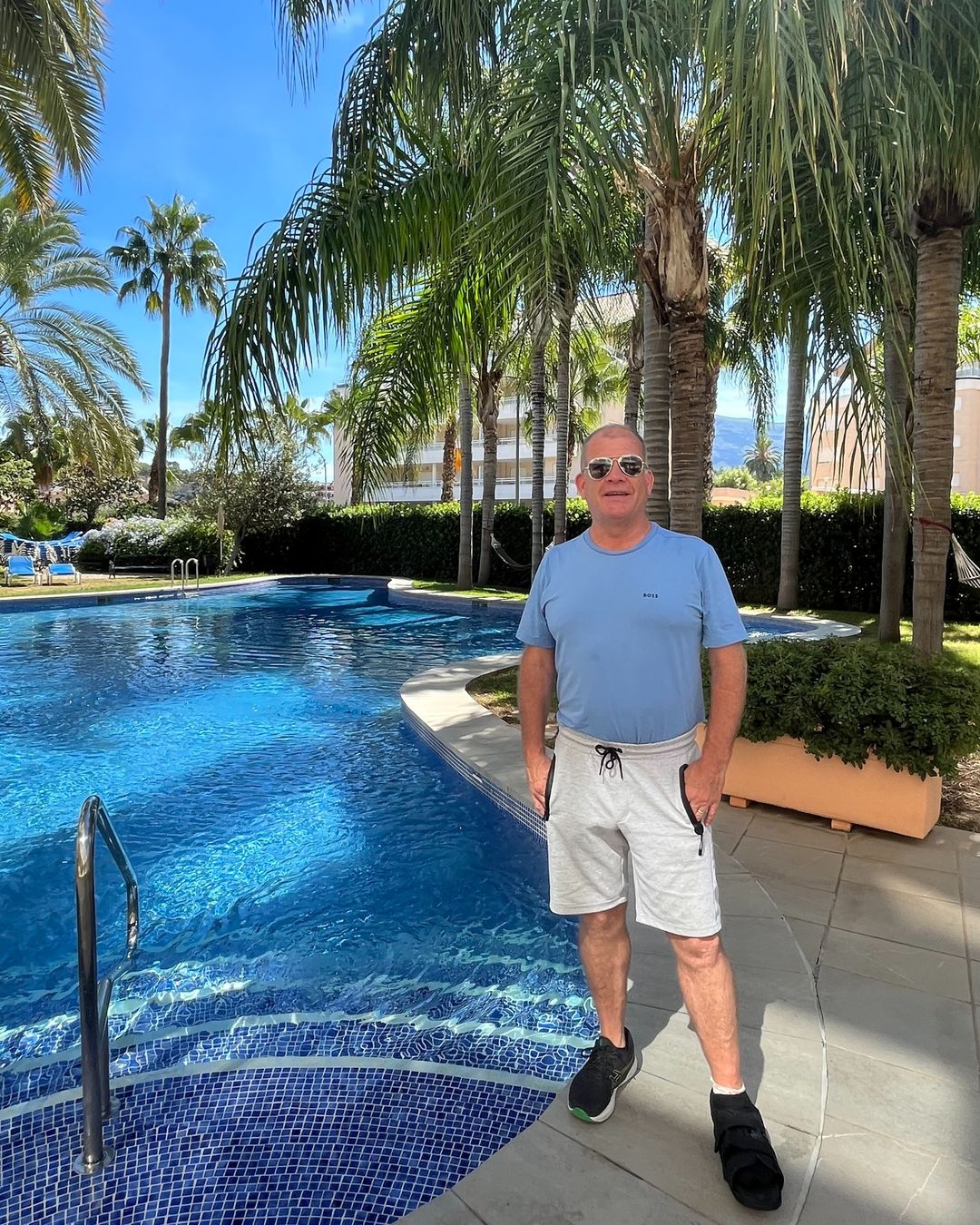
Healthcare Abroad
View all Patient Stories
We've helped thousands of Irish patients like you. Those who are stuck on waiting lists in Ireland, travelled abroad for treatment - cared for by us.
